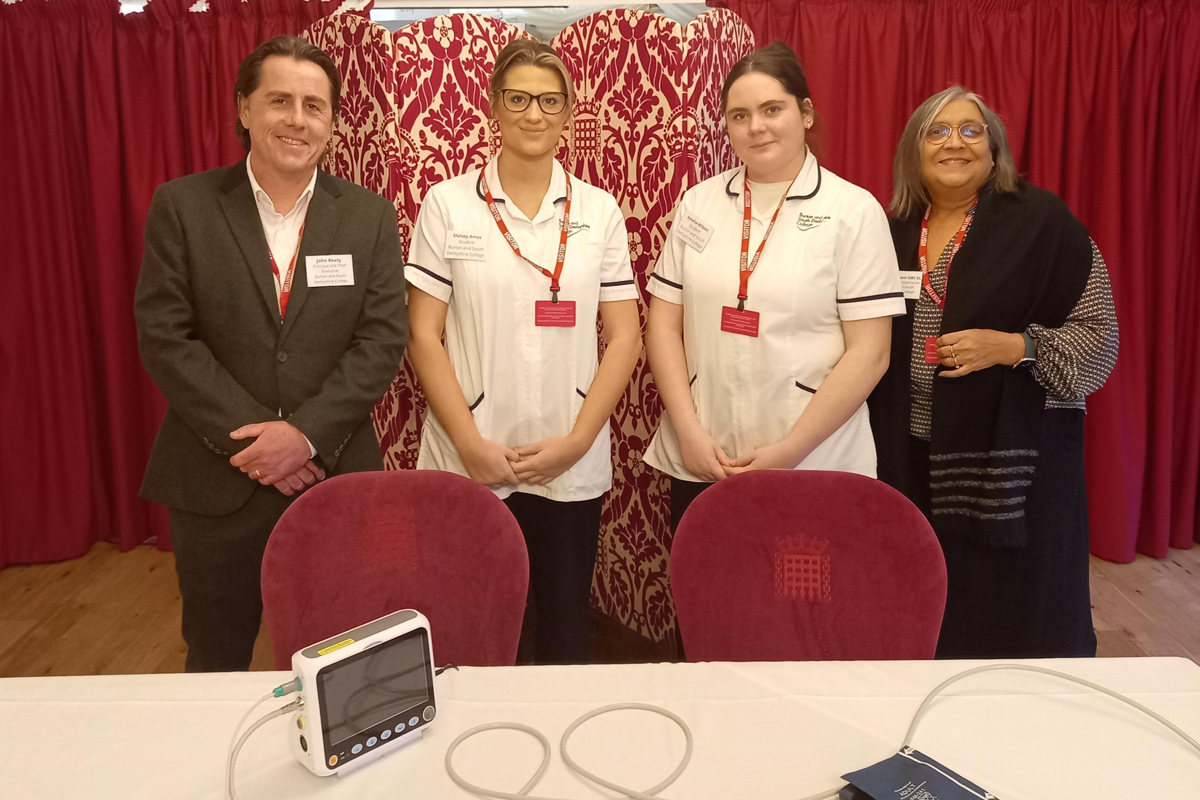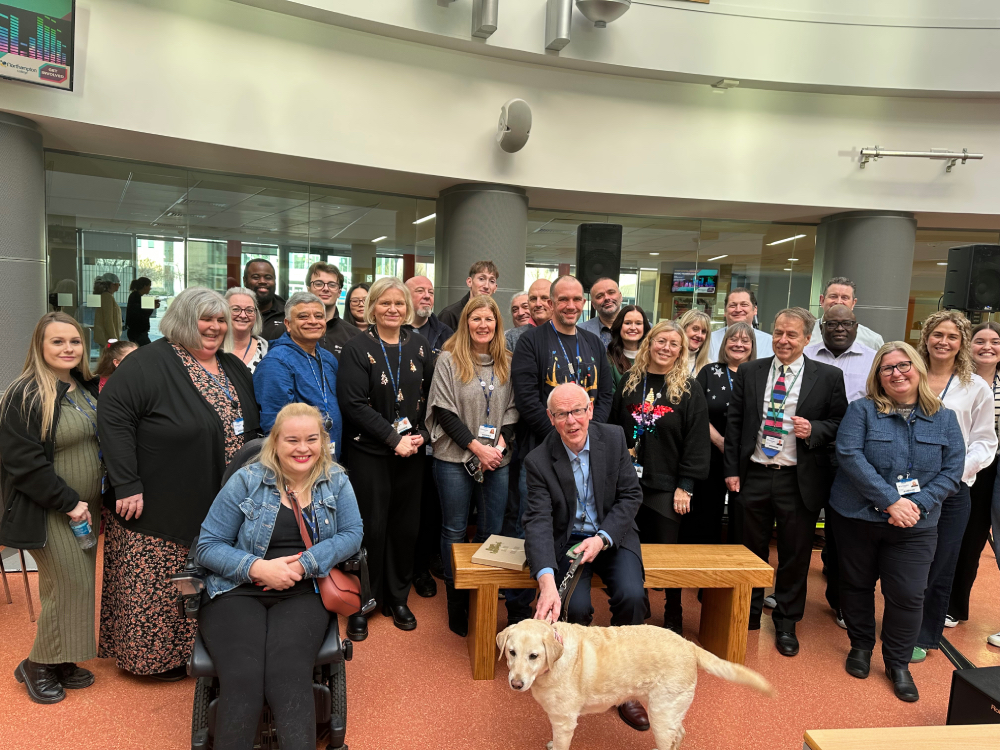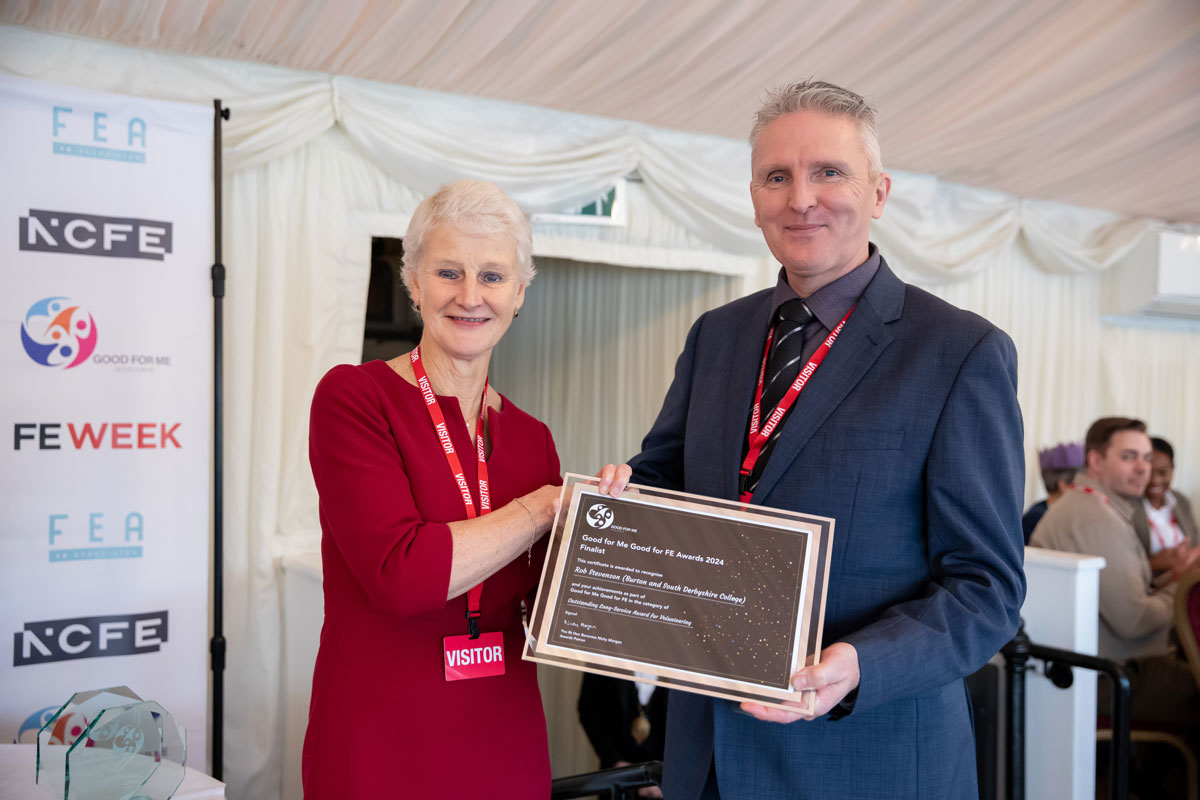Teacher-parent disconnect on who is responsible for online safety

PARENTS AND SCHOOLS LEFT DIGITALLY DIVIDED OVER STUDENTS’ ONLINE SAFETY IN THE WAKE OF THE PANDEMIC
There is a newfound disparity between parents and school staff when it comes to who has the greater influence in keeping children safe online, according to a new study from RM, a leading supplier of technology to the education sector.
The Keeping Children Safe Online report – which surveyed 1,121 school staff and 579 parents in the UK – found that whilst school staff felt that the school (43%) and parents (40%) were equally important in influencing online safety amongst pupils, parents felt this was primarily the responsibility of their child’s school (two-fifths – 43% – felt schools were extremely important compared to less than a quarter – 23% – that rated their own influence as highly.
This divergence is a concern and could lead to a worrying gap if the school are expecting the parents to take responsibility for ensuring their children are aware of the risks of going online, when the parents are oblivious of this expectation, expecting the school to take a much more active role.
What’s more, the research showed a stark contrast between the proportion of schools (100% of those surveyed) that felt they had provided parents with guidance on children’s use of social media, and the proportion of parents (59%) who claim to have received such guidance from their child’s school.
In fact, while almost four-in-five (78%) schools said they share links with parents to national support agencies, just over one-in ten (12%) parents claim that is the case. And, despite the vast majority of school age children using technology, over two-fifths of parents (42%) admitted to not applying parental controls to internet-enabled devices that their child has access to, with only one-in-ten (10%) applying parental controls to laptops and tablets owned by their child.
According to one parent in the study: “We have not put any controls in place, but rely on a level of trust with our child that they would talk to us about any issues”, whilst a teacher commented “Children know much more than their parents, and they are not going to let on what their parents should be doing to limit their freedom”.
With the Government publishing its much-anticipated re-draft of the Online Safety Bill earlier this month, the importance of taking precautionary and preventive measures to online safety have never been greater. As the education sector continues to take a much more blended approach to learning, it’s crucial that parents, carers, and educators work together on shielding children from inappropriate content online.
Helen Walker, Interim Managing Director of RM’s Technology division, said:
“Harmful content has always existed online. The issue now is, because of the accelerated digital transformation of every sector of our society, we are all more exposed to those online dangers than ever before – which is why we’re seeing the UK Government doubling down on online businesses establishing a duty of care for their users. The education sector should be no different to any other sector. As it continues to digitally transform, it is also only increasingly at risk from harmful content.
“For children and young people, the pandemic meant that there has been less time spent experimenting with the internet in a safe environment, and more time attempting to navigate it while addressing those risks on a trial-and-error basis. Parents and educators must now work together to create an environment where young people can learn how to harness the benefits of online learning safely and securely.”
While the research exposed some challenges facing schools and parents, it also highlighted positives to come from the lockdowns. Following periods of online learning, six-in-ten (60%) parents reported having much more frequent conversations with their children about online safety – something that must continue as digital literacy becomes more widely taught in schools, work and at home.
When it comes to schools, they’ve also made significant strides; in fact, since lockdown, nine-in-ten (91%) schools are now confident they could handle any safeguarding incident. Better still, more than two-thirds (67%) see no areas where their online safeguarding capabilities could improve, and there has been a significant fall overall in the number of respondents who lack confidence in their school’s approach to online safety compared with before lockdown (21% of Primaries – down 22%; and 20% of Secondaries – down 13%).
Moreover, more than half (55%) of schools ensure teachers receive online safety education once a year – and a third (35%) see no immediate advantage in making them more frequent.
Click here to read the report in full.











Responses